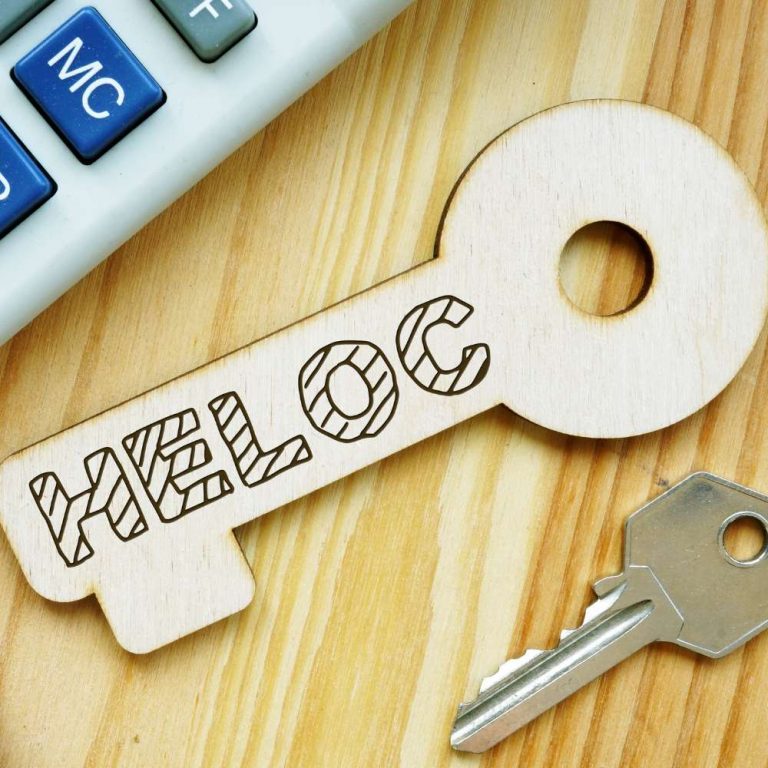Shopping for a mortgage? Explore current rates, compare lenders, and utilize our convenient calculators to determine your home affordability. Our expert team offers timely news updates and guidance to assist you throughout the mortgage process.
Mortgage Basics
Calculate Your Mortgage Payment
Editor's Picks
$200,000 Mortgage Payment Over 30 Years: How Much Will it Cost You?
100% Financing Mortgage: No Down Payment Needed
5/1 ARM vs. 30-Year Fixed Mortgage: Which Is Right for You?
500 Credit Score Mortgage Lenders
Latest Headlines

•
January 24th, 2025
What to Know About the HELOC Draw Period, According to Financial Experts
Our financial experts provide tips on how to navigate the HELOC draw period.
read more
Does a HELOC Affect Credit Score?
•
January 24th, 2025
Does a HELOC affect your credit score? We have the answers for you.

How to Get a No Income Verification HELOC
•
January 24th, 2025
Wondering how to secure a no-income verification HELOC? Our experts walk you through the process.

Can I Get a HELOC After Refinancing?
•
January 24th, 2025
Recently refinanced your home? Discover how a HELOC can help you access your equity, manage expenses and achieve financial flexibility after refinancing.









